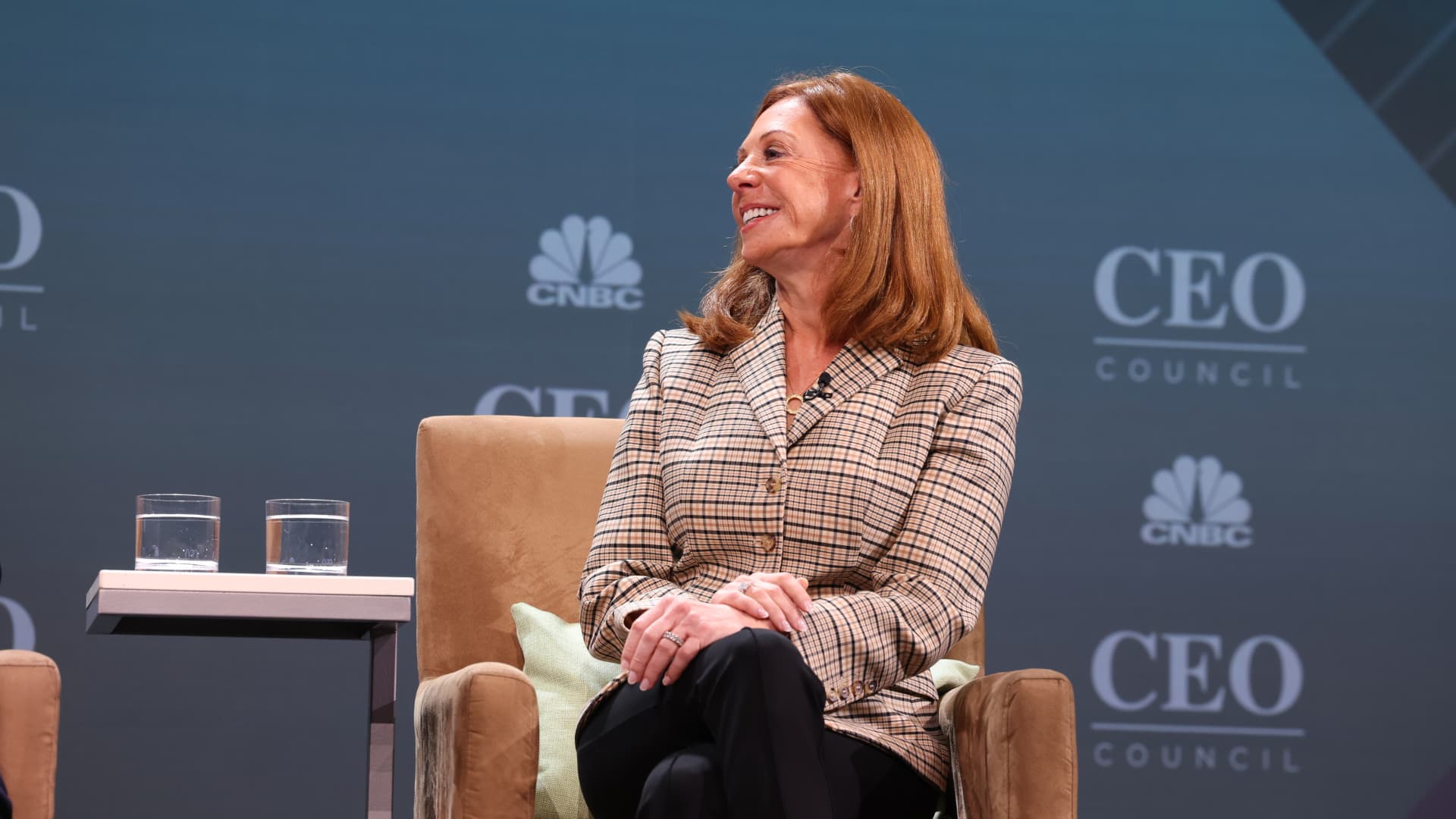One of the first questions Tamara Lundgren often heard when she introduced herself as the CEO of Schnitzer Steel is, “What kind of steel do you make?'”
Founded in 1906 by Russian immigrant Sam Schnitzer, the company started as a one-person scrap metal recycler. Over 117 years later, a series of acquisitions and organic growth has made it one of the largest manufacturers and exporters of recycled metal products in North America, and a global leader in the collection, processing and sale of steel.
And while yes, Lundgren told CNBC, the company does make steel – some of the lowest-carbon emissions steel made in the world, she noted – it’s now the smallest part of its business.
“The name Schnitzer Steel just no longer really reflects our work,” said Lundgren, who joined the company in 2005 and was elevated to CEO in 2008. “We finally got to the point where if you’re introducing yourself by explaining what you do a little bit of, but not the most, it’s probably time to rebrand.”
Under Lundgren’s leadership, the company is now right in the middle of the growing circular economy, operating metals recycling facilities, auto dismantling and retail stores that sell used auto parts, and a third-party recycling service for manufacturers, industrials and retailers.
“In today’s environment, the importance of recycling and the importance of recycling metals has reached a level that didn’t exist 10 years ago,” Lundgren said. “With the transition to low-carbon technologies like electric vehicles, solar, wind, and the like, all of those technologies require more metal than the technologies that they’re replacing.”
An example of the recycling challenges in the climate transition is the wind turbine, which is recyclable, from the steel tower to the composite blades, typically 170 feet long, but most ends up being thrown away, a waste total that will reach a cumulative mass of 2.2 million metric tons by 2050, according to a 2021 study.
As this energy shift was happening in the broader economy, so too were conversations within the company and at the board level about a potential rebrand, Lundgren said.
That came to a head in January, while Lundgren was at Davos. Schnitzer Steel was named the “Most sustainable company in the world” by the sustainable economy magazine Corporate Knights, but Lundgren said most of the headlines she saw were focused on it being a steel company.
“I’m glad we were getting that attention, but fundamentally what drove it was all of our recycling activity,” Lundgren said. That quickly sparked a call to her communications team to bounce the idea of exploring a rebrand, which then led to larger discussions with experts to brainstorm and then formal discussions with the board and an internal team for feedback.
A few ideas were kicked around, including some bespoke names. But Lundgren said the name Radius Recycling resonated with everyone they mentioned it to, which called back to what kicked off the whole process. “The catalyst was having a name where people understood what you did from the name,” she said.
The process was closely guarded due to being a public company, so Lundgren said that there were employees and stakeholders who would only learn of the name change when it was publicly announced on July 26. But she was confident that it would resonate across the board.
In fact, she said she expected it to particularly resonate among the ESG investor community. While the company has backing from that sector of investors already, Lundgren said the new name will “open up doors more easily to people who might otherwise put us in a category that wasn’t in their scope of interest.”
Could it also bring negative feedback due to those ESG ties? Lundgren said she doesn’t believe it will, as the company has been “about sustainability before sustainability was a word. We are about recycling, and there’s no fluff there.”
The rollout of the change to Radius Recycling will take some time, Lundgren noted. While the company doesn’t necessarily have a product on a shelf or packaging it needs to redesign, it does have plenty of heavy machinery that will be repainted or rebranded when that equipment rolls over, she said. Most of the effort will come on the digital side of things, so that will not require the company to accelerate any capital spend towards it. Its Nasdaq ticker symbol will switch in September.
Reflecting on the process, Lundgren said that one thing she would highlight for other companies in the middle of a massive economic and market transition is just how much of it focused on listening: listening to what people’s first reactions to the company were, what questions they asked, and where stakeholders felt the company’s future was headed.
“It was connecting all of those dots and communicating,” she said. “And to make this successful, that communication has to continue.”
Some of that communication will be speaking to fellow CEOs about the services the company can offer in helping to lower carbon footprints and environmental impact, which Lundgren hopes becomes easier by just hearing the name of the company she leads.
“I think it’s great to be able to take an old economy company and an old economy industry and really position it to the point where we are an essential business and we are critical to the success of the circular economy and we are critical to this transition to a low-carbon world,” she said.
